Imagine a room full of chairs. As adults we enter the room and immediately sit down. Children (especially those in preschool), on the other hand will enter the room very differently. One will be climbing on the chairs, one spinning in the corner laughing at the wonderful sensation of feeling dizzy, one will be rolling on the floor, another jumping, two running around before crashing into each other and taking off again, others will be crawling underneath chairs and laying on the floor. Children move in a variety of ways and each time they move, they learn something new. Our bodies are our first point of reference, our own compass, everything we do from birth involves our body moving in some form and from this we learn a variety of gross and fine motor skills.
In the perceptual movement program we combine sensory and motor skills to create a whole body to brain relationship. These include the senses, vestibular (balance) system, proprioception (body and spatial awareness, strength management), power (stamina, flexibility, agility), coordination, and control. Through these developmental physicalities children learn a variety of skills both academically and physically, all through movement. Below are three examples of how this might look in different settings.
Soccer
Typically, a 7-year-old can run in a straight line without thinking - this skill has been automated in their brains from years of running. However, ask a 3-year-old to run in a straight line and they are crashing into walls, each other, and moving in all directions but a straight line. This skill has not been automated in their brains yet. So picture a child who cannot run in a straight line and they are asked to play a skilled game such as soccer. When all their focus is on running in a line how can they possibly kick a ball, score a goal, or focus on the rules of a game?
Reading
A child who has not experienced enough sensory input and practice using their eyes to track different objects may experience fatigue and frustration when asked to read for longer periods of time. Learning to move our eyes independently from our head as well as understanding how to track objects such as floating feathers, bubbles, and balls helps develop this vital skill. And the only way to develop this skill is through movement, not through more reading or reading instruction.
Classroom Carpet Time
A child who has not developed their vestibular system efficiently may seem unfocused in the classroom. When a child is asked to sit up straight and listen for a period of time this requires a substantial amount of core strength and balance. In fact, children should be able to roll on the carpet and move in different ways during carpet time as this is what their body is telling them to do so that their brain can focus on other inputs.
Building skills and asking children to complete tasks without having fully developed and automated such vital skills can be thought of as a laundry basket filled with water, with each hole representing a developmental skill. As we ‘plug’ these holes we can add more to our basket, however, if we miss a key developmental skill then no matter what we add to the top, it will eventually leak out, or we learn to compensate in other ways, which may not be beneficial in the long run (e.g poor pencil grip).
Like any skills, strength and muscle development can’t be developed overnight. It needs to be automated through various movement activities each and every day.
What do some of these activities look like in Movement class?
By middle school, most of these skills are automated processes already. However this doesn't mean movement is any less important. For middle school, movement can be used to improve core strength, balance, and flexibility, and numerous studies show the exceptional impact just 30 minutes of movement has on the brain, which then has huge impacts on learning.




